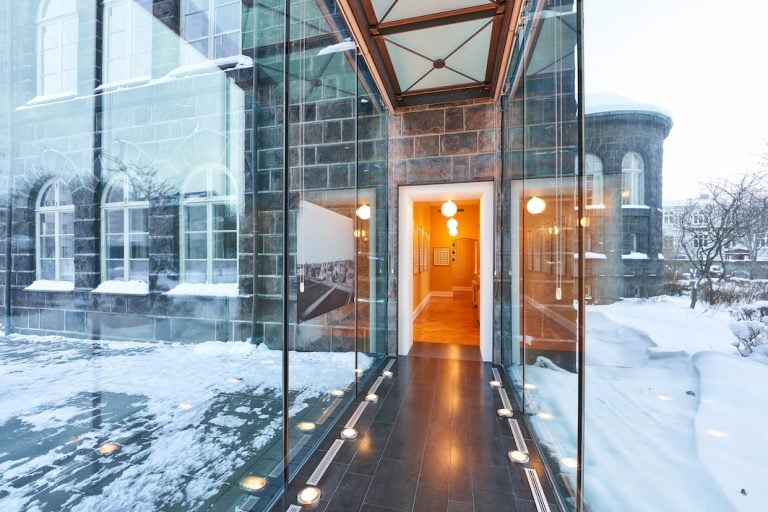Alþingishúsið at Austurvöllur was built between 1880 and 1881. Since then, two annexes have been built next to the original building, Kringlan in 1908, and Skálinn in 2002. It was at Alþingi 1867 that it was approved to build an Icelandic stone parliament building in Reykjavík to commemorate thousand years of Iceland’s settlement in 1874. However, it was not until 1879 at Alþingi that a budget was approved to build a house that would not only be a building for Alþingi, but also a house for the country’s museums and higher educational institutions. Ferdinand Meldahl, president of the University of the Arts in Copenhagen and master builder was commissioned to draw up designs for the house. The design was to be the subject of a great controversy for not to be built at Arnarhóll, because Governor Hilmar Finsen used fields there, but in the baker’s slope, where Bankastræti 7 is now. In the fall of 1879 they start digging the foundation in Bankastræti but when the master carpenter, F. Bald arrives in the country to build the house, with a fine entourage of stonemasons from Borgundarhólmur, he refuses to build the building there in the steep slope so again disputes over the location start. Finally Halldór Kr. Friðrikson’s, member of parliament and teacher, cabbage patch was bought for a great prize, located west of the Cathedral. The stones that make up the house are taken from Þingholt where you can now find Óðinsgata.
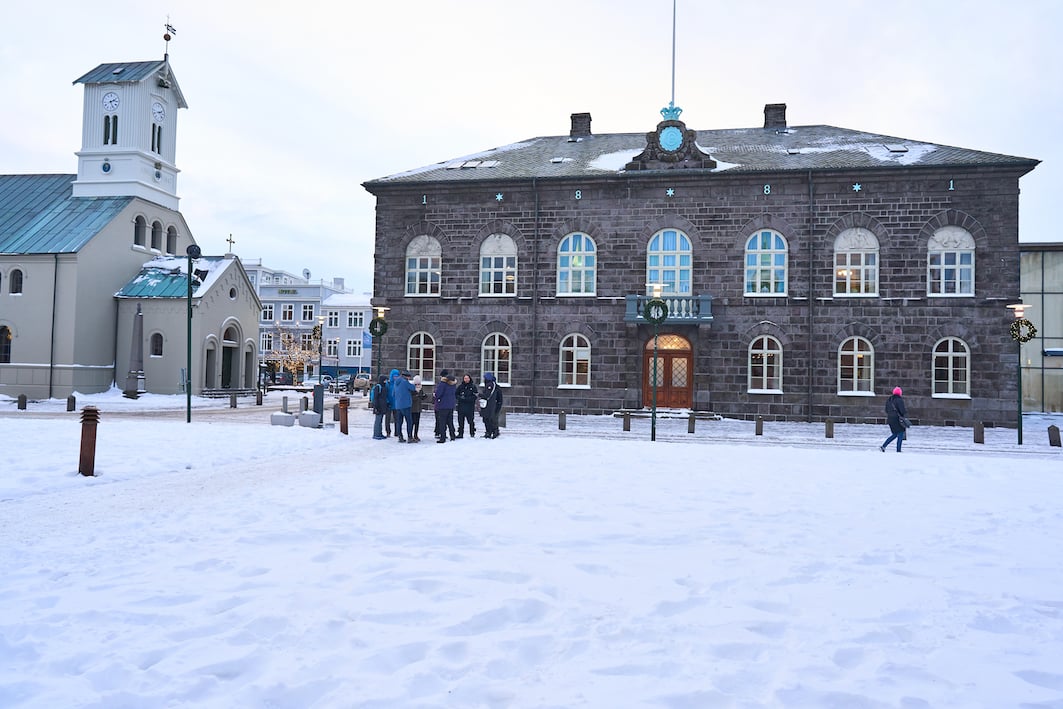
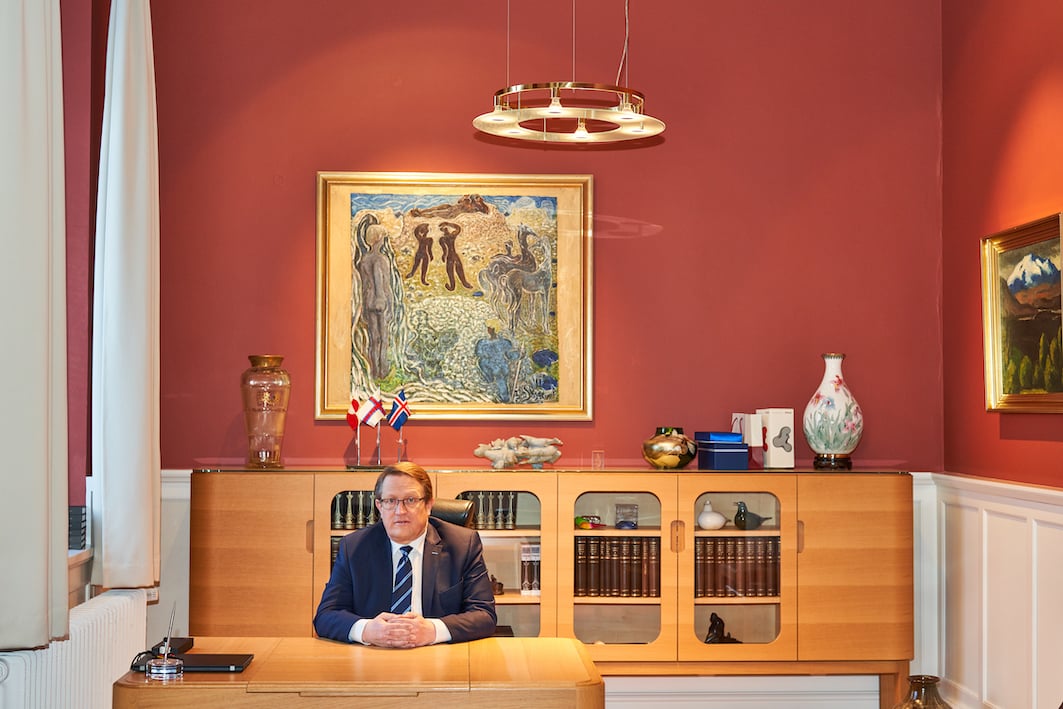
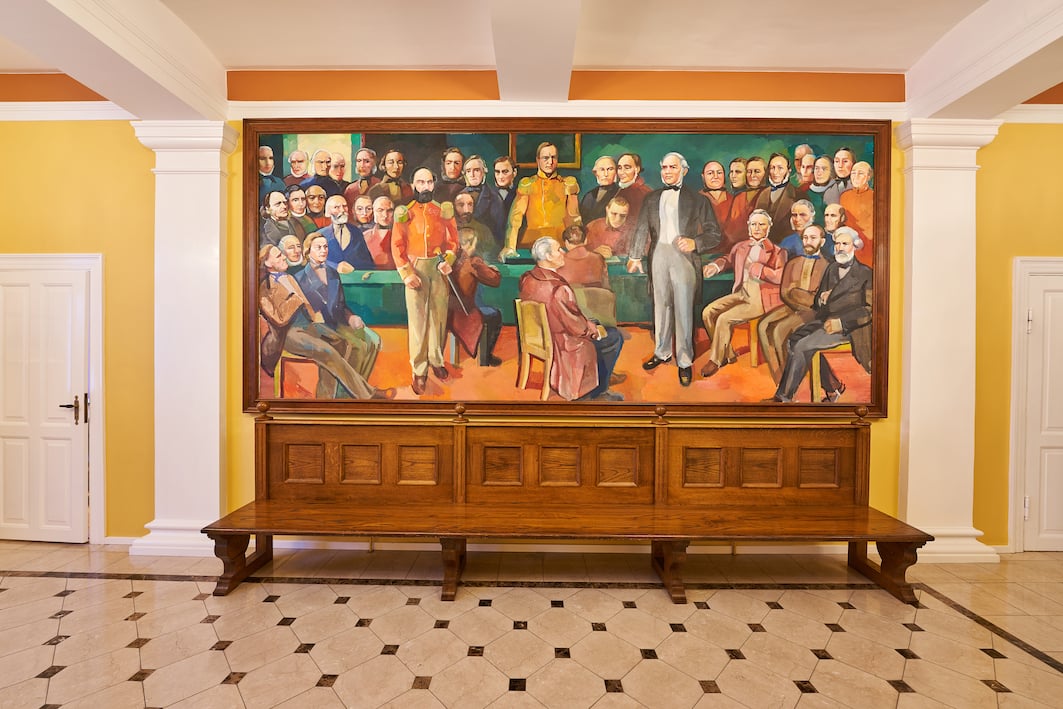
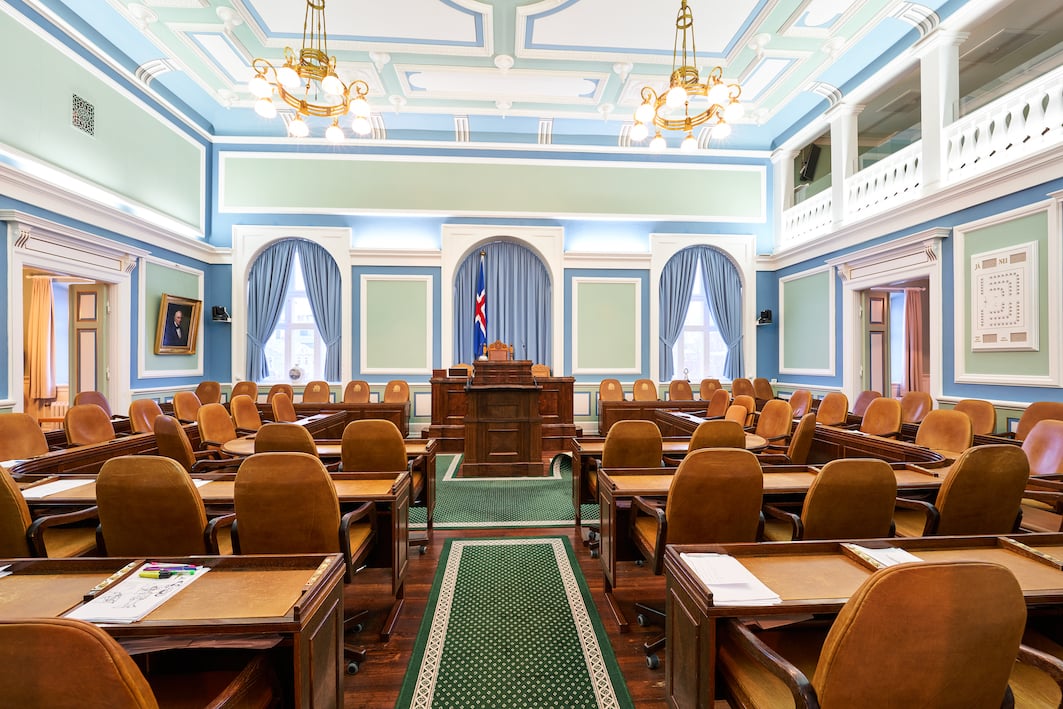
Photographs & text : Páll Stefánsson
Reykjavík 19/12/ 2022 : A7RIV, A7C, A7R III : FE 1.2/50mm GM, FE 1.4/24mm GM, FE 1.8/14mm GM



